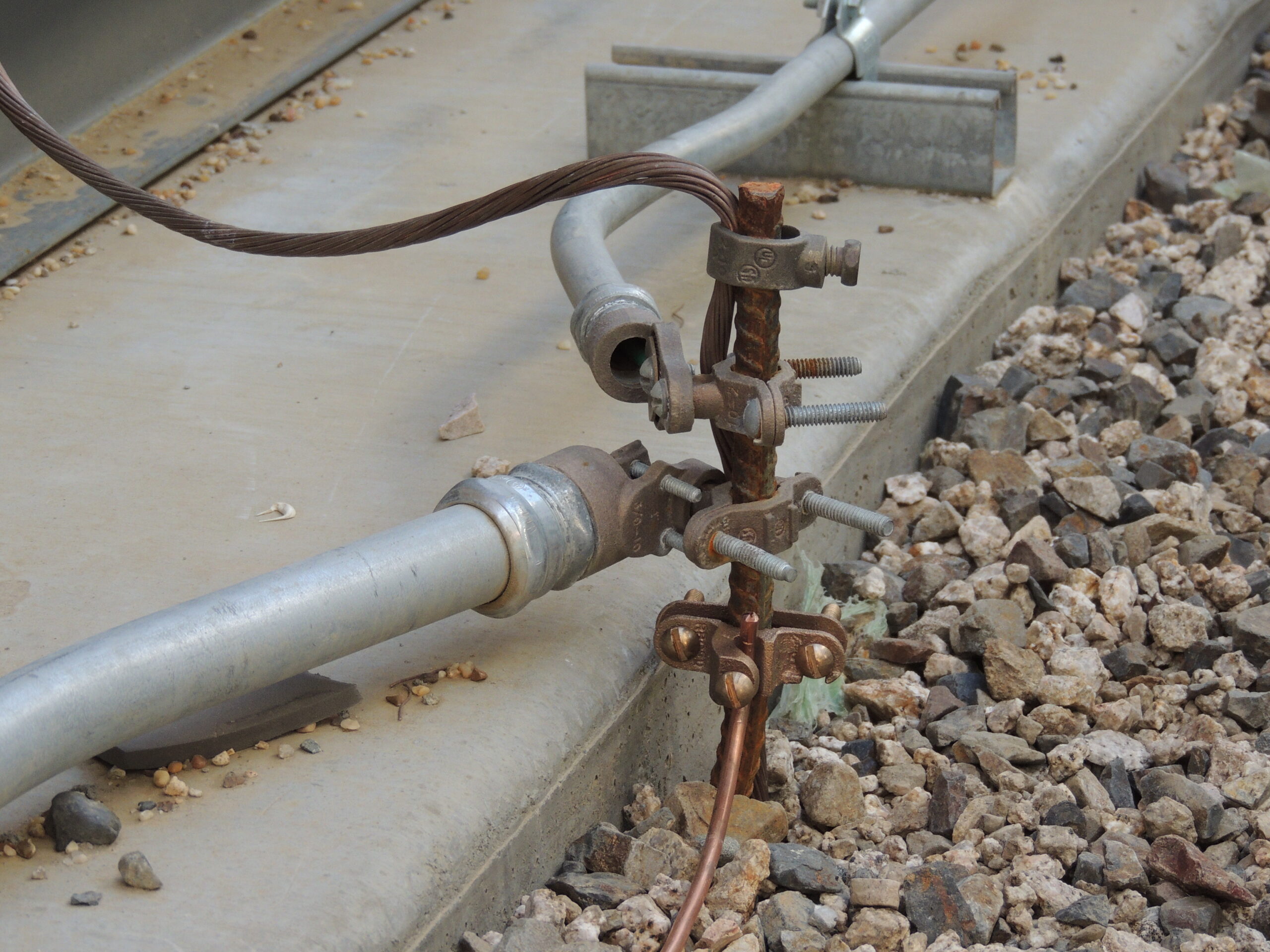I have a PTZ camera that I use for wildlife viewing. Simple setup, 100 meters of POE that plugs directly into my Router.
Last summer I had a very close lightning strike that seemed to render my camera unusable.
I purchased a replacement camera, and it has been working well until a week ago, another nearby lightning strike and now the camera is not working.
I'm very much an amateur at this camera thing, and will admit I really don't know what I'm doing. But is this normal? Or is there a way, or something I can do that will help protect my camera from lightning?
I just want to watch my duck and deer.
Last summer I had a very close lightning strike that seemed to render my camera unusable.
I purchased a replacement camera, and it has been working well until a week ago, another nearby lightning strike and now the camera is not working.
I'm very much an amateur at this camera thing, and will admit I really don't know what I'm doing. But is this normal? Or is there a way, or something I can do that will help protect my camera from lightning?
I just want to watch my duck and deer.


